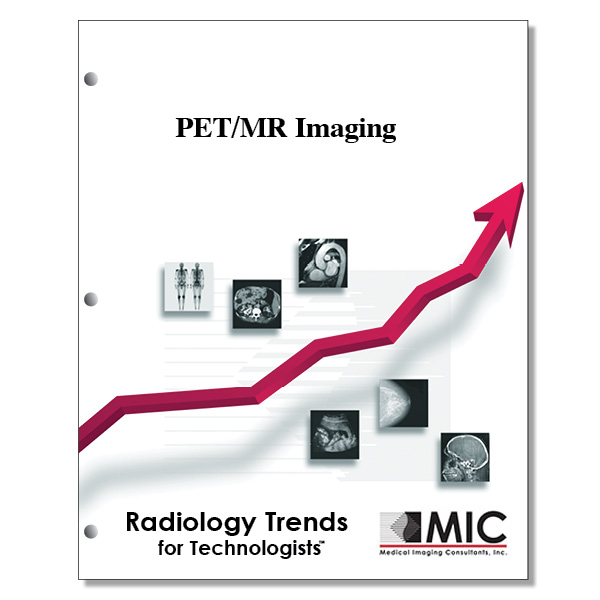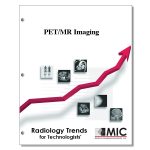

PET/MR Imaging
A technical and clinical primer for hybrid PET/MR imaging.
Course ID: Q00373 Category: Radiology Trends for Technologists Modalities: MRI, Nuclear Medicine, PET, Radiation Therapy3.5 |
Satisfaction Guarantee |
$37.00
- Targeted CE
- Outline
- Objectives
This course has been approved for 3.5 Category A credits.
No discipline-specific Targeted CE credit is currently offered by this course.
Outline
- Introduction
- Instrumentation and Design of PET/MR Imaging
- Sequential
- Concurrent
- Potential Clinical Applications of PET/MR Imaging
- Oncologic Disease
- Neurologic Disease
- Cardiovascular Disease
- Musculoskeletal Disease
- PET/MR Image Segmentation and Global Disease Assessment
- Challenges Relevant to PET/MR Imaging
- Summary
Objectives
Upon completion of this course, students will:
- identify the different methods through which PET/MR imaging can be performed
- identify body regions where motion may interfere with PET/MR imaging
- understand the various image registration methods that are available for PET/MR imaging
- recognize the most straightforward approach to the design of a PET/MR imaging system
- identify the factors that directly affect the spatial resolution of PET imaging
- recognize the physical limitations of combining PET and MR imaging systems
- understand the use of avalanche photodiodes in a combined PET/MR imaging system
- identify the disadvantage of a PET/MR system that uses a split-field magnet system
- recognize the crystals that are used by avalanche photodiodes in a PET/MR system
- understand the limitations of avalanche photodiodes that prevent time-of-flight technology
- understand the impact on image quality from adding PET detectors to an MR system
- recognize the benefits of full integration of MR system components in a PET/MR system
- identify the beneficial physical characteristics of silicon photomultiplier tubes
- identify the beneficial performance characteristics of silicon photomultiplier tubes
- understand the trend towards digital readout of PET data and signals
- recognize the necessary capabilities of optimal PET detectors
- identify the current hybrid imaging systems capable of concurrent, simultaneous imaging
- name the attenuation map created from transmission source, CT or MR imaging
- identify the imaging systems that use a rod or point source to create transmission images
- understand the process for MR imaging-guided motion correction of PET data
- differentiate between common image acquisition times for different disease processes
- identify the body regions where MR is superior to CT for evaluating oncologic disease
- identify the body regions where CT is superior to MR for evaluating oncologic disease
- understand the advanced MR imaging techniques available for comparison with PET
- recognize the benefit of combining PET/CT and MR imaging when evaluating lung cancer
- understand the need for accurate alignment of structural and functional information
- identify the MR technique capable of exquisite detail of the white matter bundles in the brain
- understand the pitfalls of fractional anisotropic images computed from diffusion-tensor imaging
- learn the imaging techniques capable of studying the effects of drug usage and withdrawal
- understand the positive impact of gated MR imaging on PET quantification
- know which PET radiotracers are FDA-approved
- know which PET radiotracers are used for evaluation of blood flow
- recognize the MR imaging techniques capable of attenuation correction information
- identify the tissue types that can be distinguished by the Dixon sequence
- indicate the organization responsible for establishing limits for exposure to magnetic fields
- understand the superiority of automated image segmentation over manual segmentation
- understand the capabilities of MR elastography
- identify the advances in PET/MR that improve structural delineation and functional MR capabilities
- identify the optimal pathway for PET/MR education and training
- indicate the number of image data sets generated by PET/CT imaging
